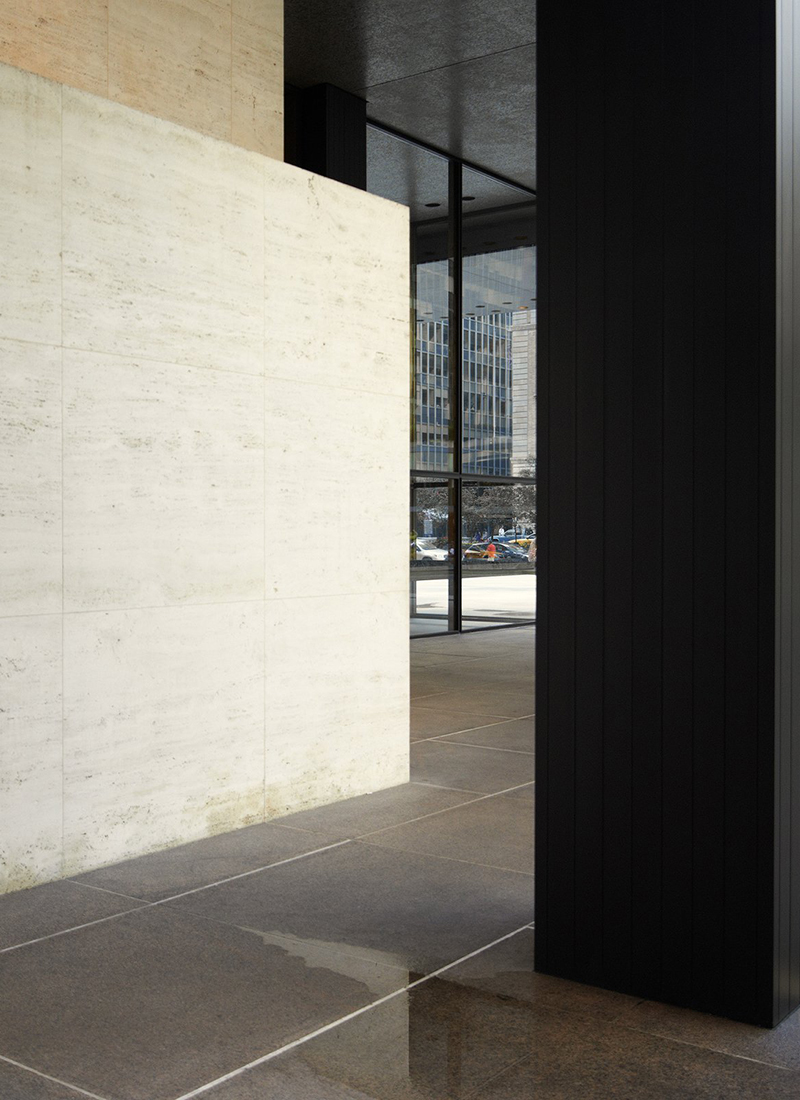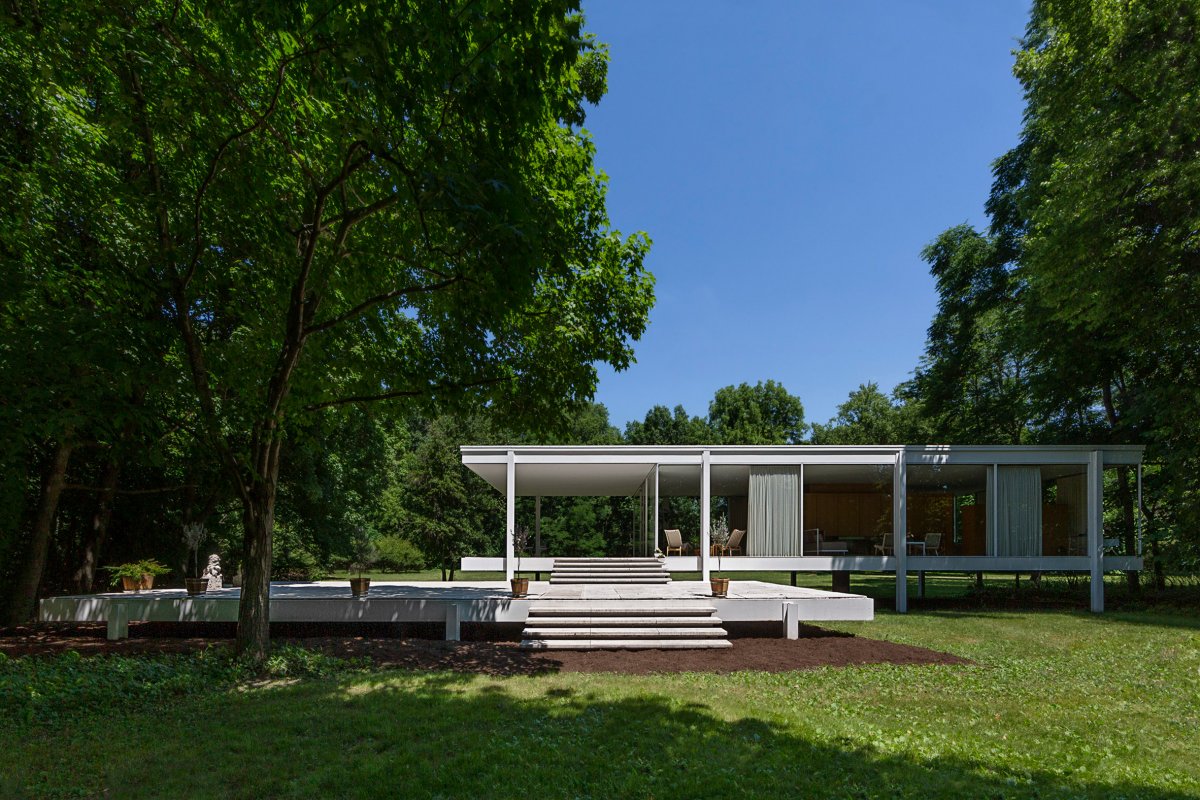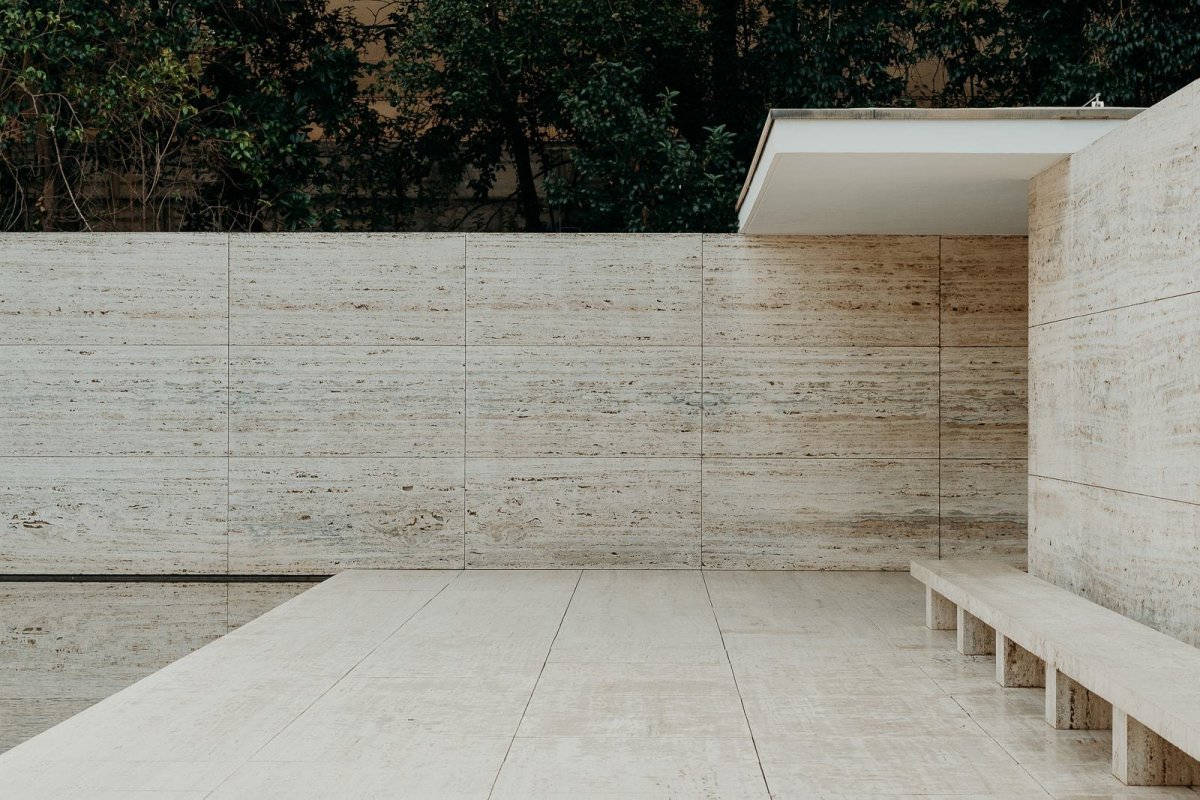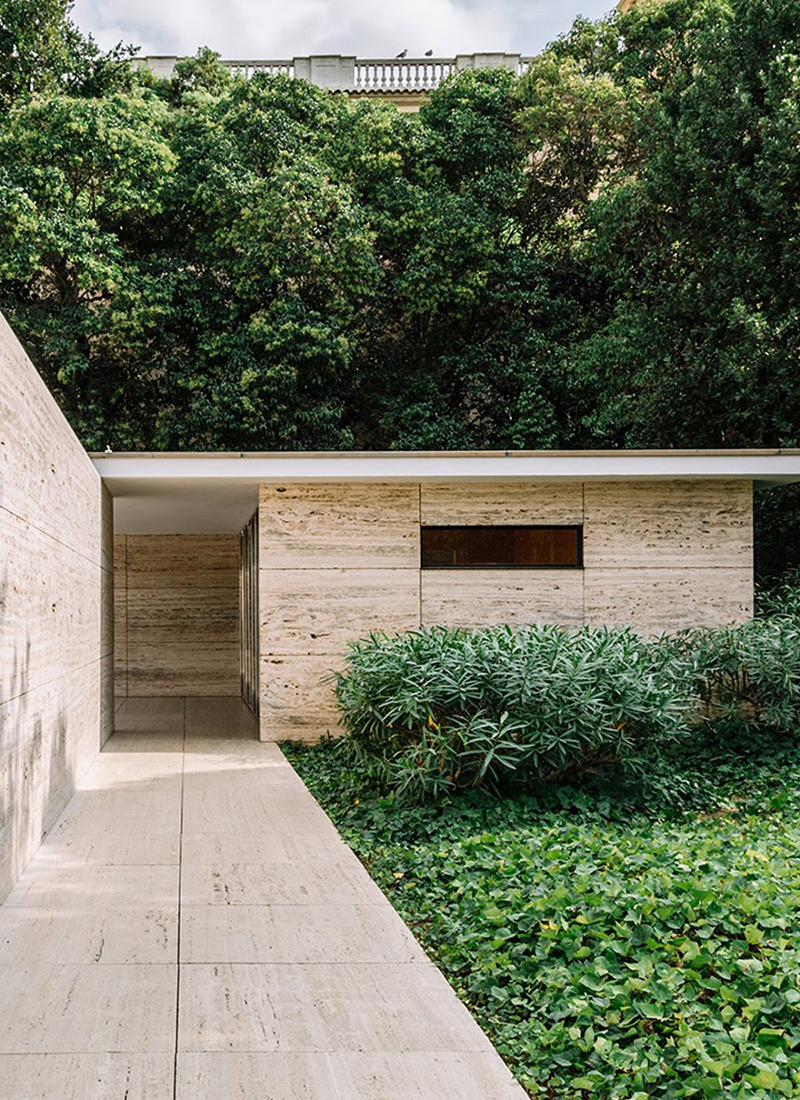Ludwig Mies van der Rohe (1886–1969) was one of the most influential architects of the 20th century and is regarded as one of the pioneers of modernist architecture. Born in Aachen, Germany, he initially trained as a stonemason and later became a master architect through self-education and practice. Mies is renowned for his design philosophy of "Less is more," emphasizing clean lines, open spaces, and the authenticity of materials. His work has had a profound impact on modern architecture, particularly in the fields of high-rise buildings and steel structure design.
Mies van der Rohe's iconic projects include the Barcelona Pavilion (1929), Farnsworth House (1951), and Seagram Building (1958). His design style is rooted in minimalism, focusing on the unity of function and form. He skillfully used modern materials such as steel, glass, and concrete to create light and transparent architectural effects. The flowing space design of the Barcelona Pavilion and the precise proportions of the Seagram Building exemplify his mastery of architectural aesthetics and technology.
Mies van der Rohe was not only an outstanding architect but also an important educator. He served as the director of the Bauhaus School in Germany before emigrating to the United States due to the rise of the Nazis, where he became the head of the architecture department at the Illinois Institute of Technology. His teaching philosophy and practice profoundly influenced modern architectural education. Mies's works and ideas continue to be widely studied and referenced today, and his principle of "Less is more" remains a classic tenet of modern design, inspiring countless architects to pursue the perfect balance of simplicity and functionality.
-
8.02020-12-30

Seagram Building
-
9.52020-12-30

Farnsworth 住宅
-
10.02020-12-30

巴塞罗那德国馆 (Photo by Maciek Jeżyk)
-
10.02020-12-30

巴塞罗那德国馆








